Neil Armstrong and Buzz Aldrin took the first steps upon the moon 50 years ago this July. Since then only 10 others have followed in their still-visible footprints. While 570 people have been into space, only 7 of these have been what we would call space tourists. However, a flurry of new operators are seeking to increase that number, a lot. It seems that fifty years on from these ‘first steps for mankind’ a new space race is on. The race to dominate space tourism.
Commercialisation of space has been around ever since the first satellite ‘Early-bird’ was launched in 1965 to improve communications across the Atlantic. This commercialisation though has failed, until recently, to take paying civilians into space. In the last few decades what was science fiction is becoming more of a reality thanks to a few big-thinking entrepreneurs.
With space tourism within the realms of reality what are the options? What would the first guide to space tourism look like? How would you get there? Where can you stay? What can you do? And, can you actually phone home? Well this guide seeks to answer these seemingly far-fetched questions with what may actually be possible. Then, should you come into some money, the allure of space travel might be within arms reach.
Where Can I Go in Space as a Tourist?
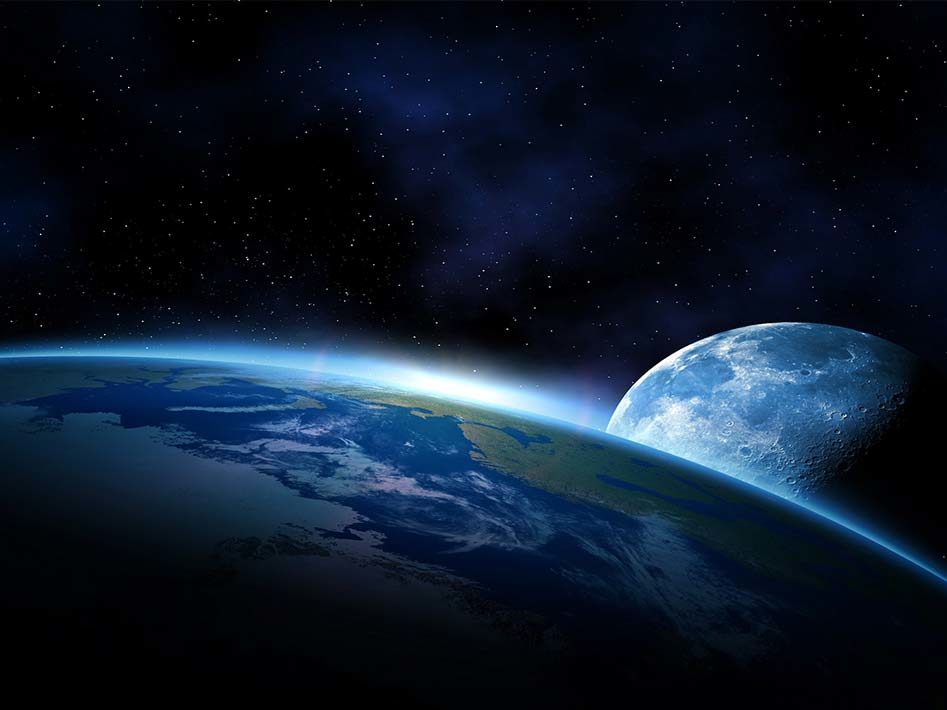
There are 3 distinct parts of space to choose from.
Deciding what part of ‘space’ you want to go to first will determine which company you choose to travel with. This will greatly impact the experience you have and also the cost. The current destinations in space being planned for space tourism are:
Sub-orbital space
This is a quick trip out of the earth’s atmosphere. This passes what is known as the Kármán line which is 100km (62 miles) above the surface of the earth. This allows a passenger to experience 5-10 minutes of weightlessness, take a few photos of the curvature of the earth, see more stars than they can imagine and then return to earth.
Indicative Cost: Up to $250,000.
Orbital space
As the name suggests, orbital space involves going far enough to enter the Earth’s orbit. It also is classified as competing at least one lap of Earth. Typically, these trips will include a few nights stay at the International Space Station or a future station yet to be built.
Indicative Cost: Starts from $20 million.
Interplanetary space
Think trips to the Moon or Mars. These are really the only interplanetary options being touted at the moment. Mainly because they are the only viable options that are close enough to realistically reach or hospitable enough to get close to or land on.
Indicative Cost: A fly-by of the Moon has been estimated at $150 million.
Space Flight Operators for Tourists
There are many non-government commercial space operators today, although only a few are focused on developing space tourism. Depending on the destination, budget and activities you want to undertake, the following operators are currently the closest to offering space tourists a seat in the foreseeable future.
Space Adventures
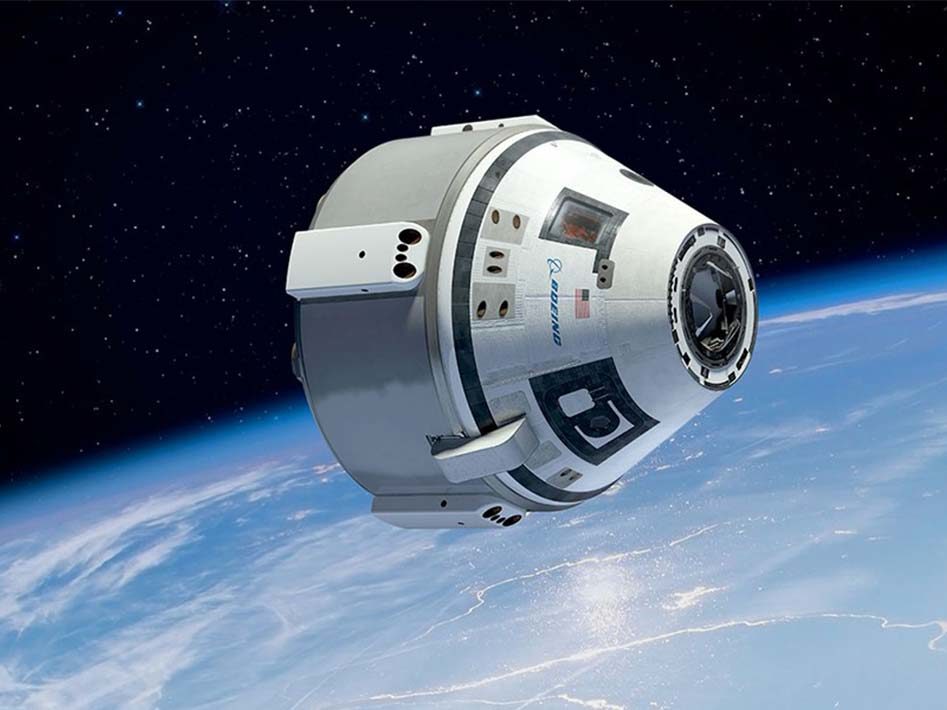
Space Adventures has flown the 7 first and only space tourists.
Space Adventures is the only space tourism operation to have already transported tourists into space. Space Adventures have taken 7 passengers, each on separate missions, and docked at the International Space Station which allowed guests to stay on for up to 10 days before returning to earth. The first space tourist aboard Space Adventures was Dennis Tito back in 2001.
Space Adventures, while still in operation and planning more trips, relies on other aircraft to take passengers and have not transported any new passengers since 2009.
- Destination: Orbital space (including the International Space Station)
- Space craft: The Russian Soyuz space craft launched from the Soyuz rocket.
- Cost: $20 million
- Availability: 4 flights per year
- Principle Owner: Eric C. Anderson
Virgin Galactic
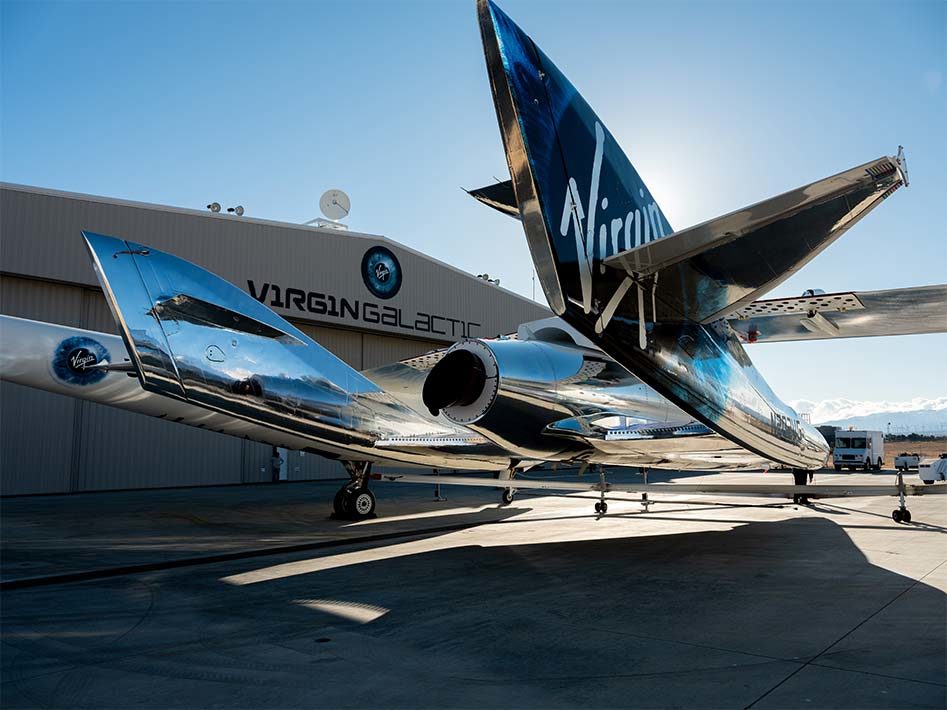
Virgin Galactic might allow you to finally cash in all those air miles.
Virgin Galactic is Richard Branson’s ambitious endeavour to make space flight possible for more and more people. The latest spacecraft VSS Unity follows the crash of VSS Enterprise in 2014 which killed one pilot. To date no paying tourists have taken their ‘virgin’ trip into space but reportedly 700 people including celebrities from Tom Hanks to Brad Pitt have paid a deposit on their tickets.
- Destination: Sub-orbital space (orbital space planned but not developed)
- Aircraft: VSS Unity (comprised of SpaceShipTwo launched into space from beneath a carrier airplane known as White Knight Two).
- Cost: $250,000
- Principle Owner: Richard Branson
Space X
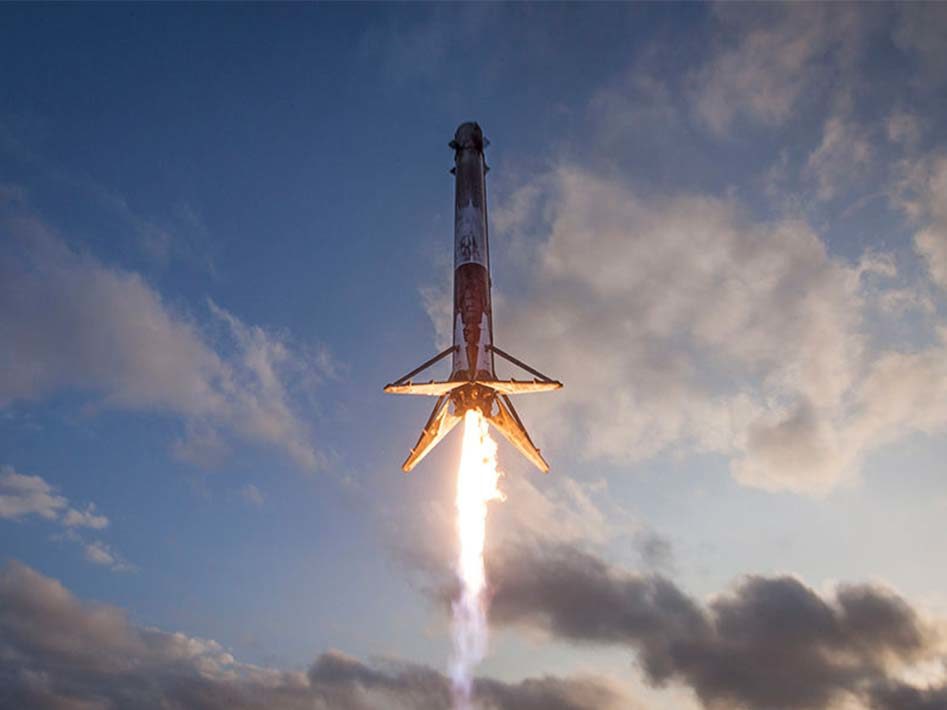
SpaceX pioneering reusable aircraft technology. This is actually a rocket landing.
Space X has received wide publicity for its impressive take-off and landing demonstration in 2018. Elon Musk is behind what might be called a more wholesale operation of space flight. It has focused efforts on building its fleet of cargo and passenger spacecraft. In March 2019 its passenger aircraft Dragon became the first American commercial spacecraft to dock at the International Space Station. It has room for 7 passengers who will each be wearing the specially designed Space X space suits. As yet though no space tourists have flown in Dragon.
Future plans claim a lap around the moon will soon be possible (no landing) and a crewed trip to Mars by 2024.
- Destination: Orbital and Interplanetary space
- Aircraft: Dragon. Capable of carrying 7 passengers
- Cost: Reportedly $70 million for a trip to the ISS
- Principle Owner: Elon Musk
Blue Origin
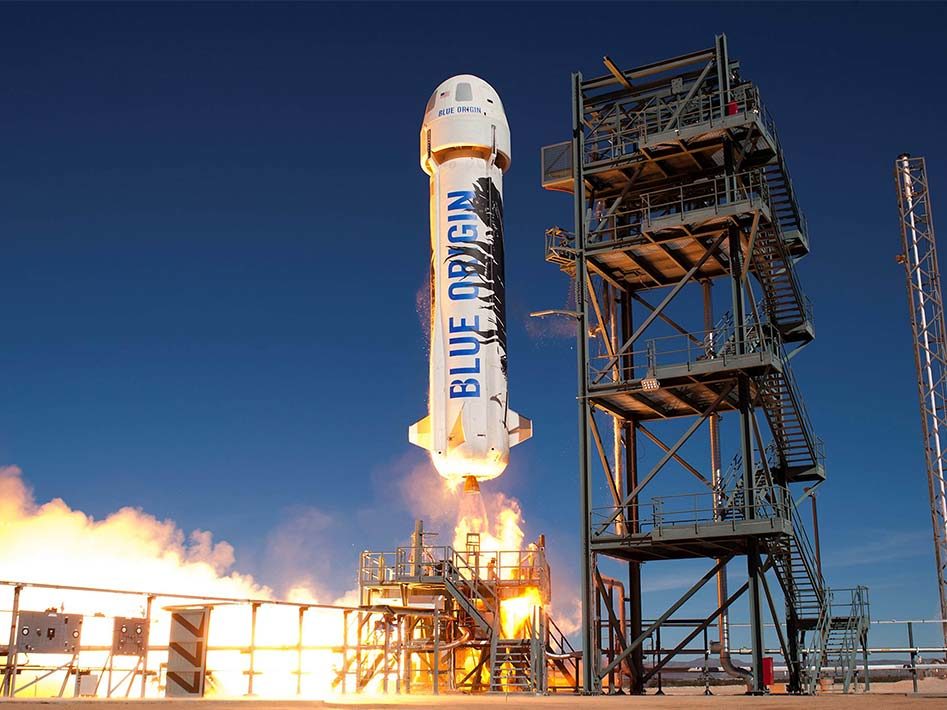
Jeff Bezos is ensuring Amazon deliveries will still be possible when we finally settle on Mars.
Blue Origin was established in 2000 by Amazon founder Jeff Bezos. It has developed a number of technologies to transport people into sub-orbital and orbital space. Its two spacecraft New Shepard for sub-orbital flights (named after astronaut Alan Shepard who was the first American in space); and New Glenn for orbital space flight (named after the first American to orbit the earth). It has not flown any crew or passengers yet but plans to begin in 2019.
Destination: Sub-orbital and Orbital space
Aircraft: New Shepard (sub-orbital), New Glenn (orbital space).
Cost: Not available.
Principle Owner: Jeff Bezos
What can I do in Space as a Tourist?
So you’ve managed to get into space, what now? Activities are, let’s face it, more experiential than hands-on. But from an experiential point of view, it is certainly up there!
Take-off and Landing
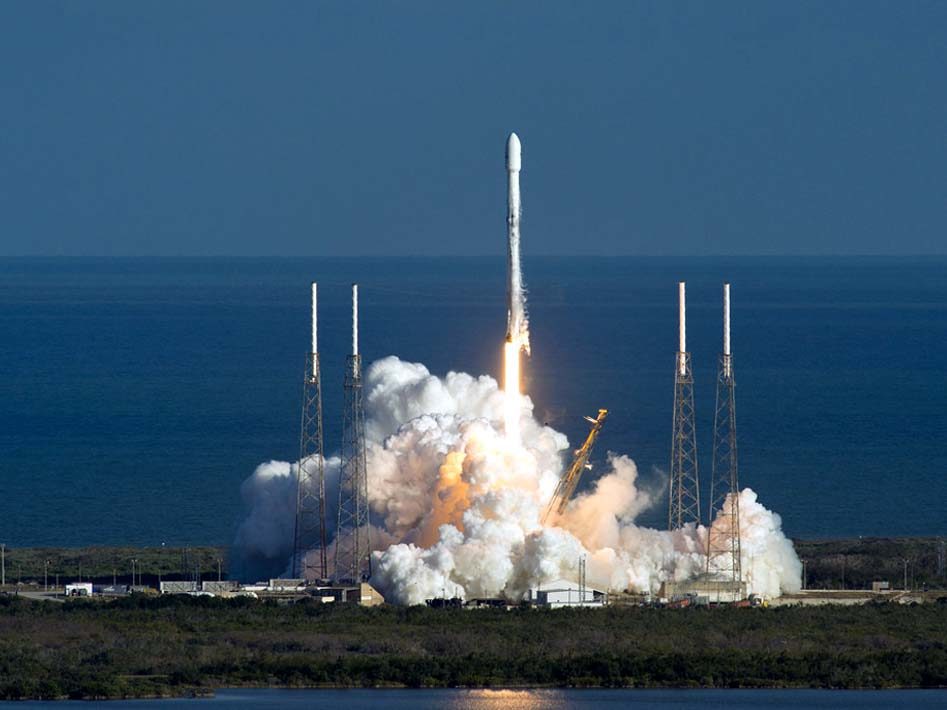
You might need to do more than stow your tray table for your space flight take-off
Sitting in a 60 foot spacecraft as you reach Mach 3 and experience 3G of pressure on your body is something few would have ever experienced. Coming back into land will be equally thrilling and somewhat terrifying as you experience re-entry and a parachute back to earth in a distant desert or ocean. Rating 8/10
Sunsets and Sunrises
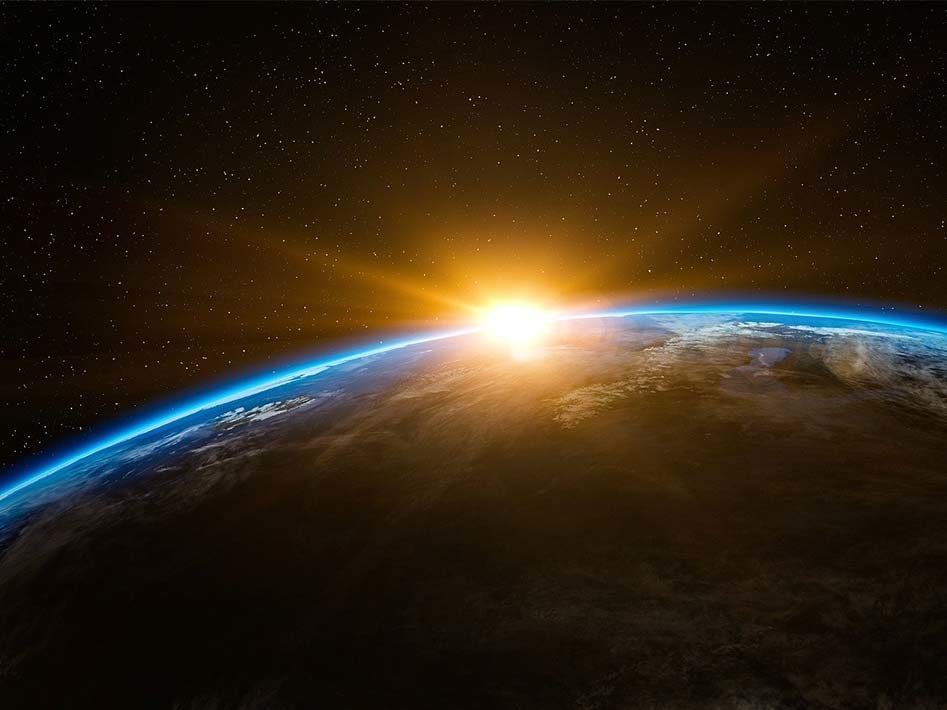
Experience a space sunrise
Should you reach the ISS on an orbital flight you will enjoy 16 sunsets and sunrises per day. Plus you’ll traverse over an ever changing surface of the earth making sure you will be able to claim you could see your house from space. Rating: 7/10
Weightlessness
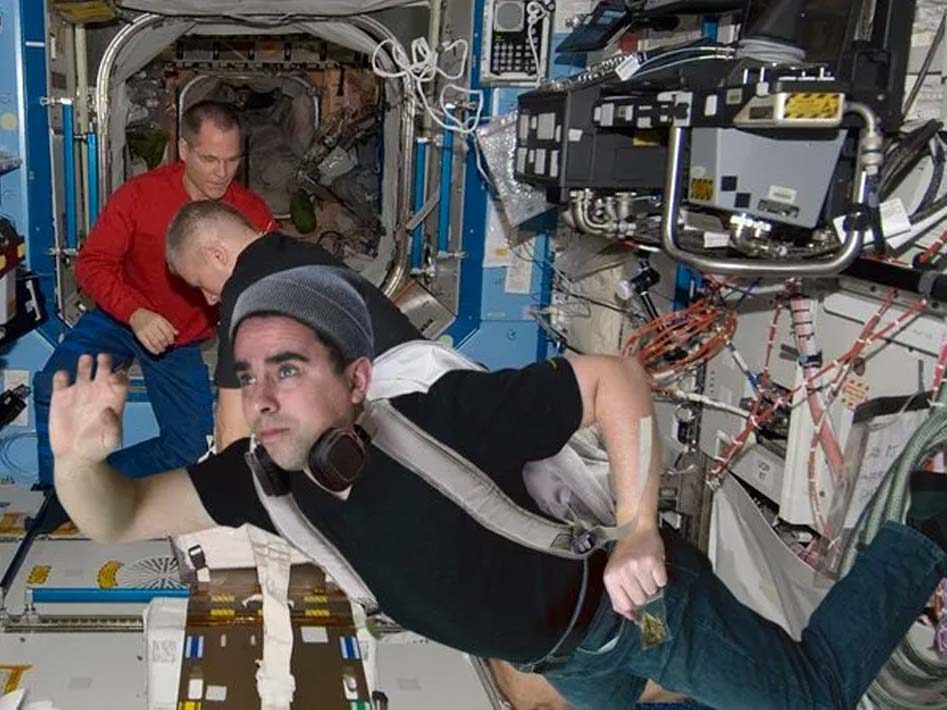
Take a load off in the weightlessness of space
In both sub-orbital and orbital space you will experience the absence of gravity. This is likely to be one of the most novel drawcords of a trip to space. Sub-orbital flight will only allow 5-10 minutes of weightlessness, which arguably you can get on earth-based, parabolic flights offered on regular aircraft. Rating: 8/10
See space
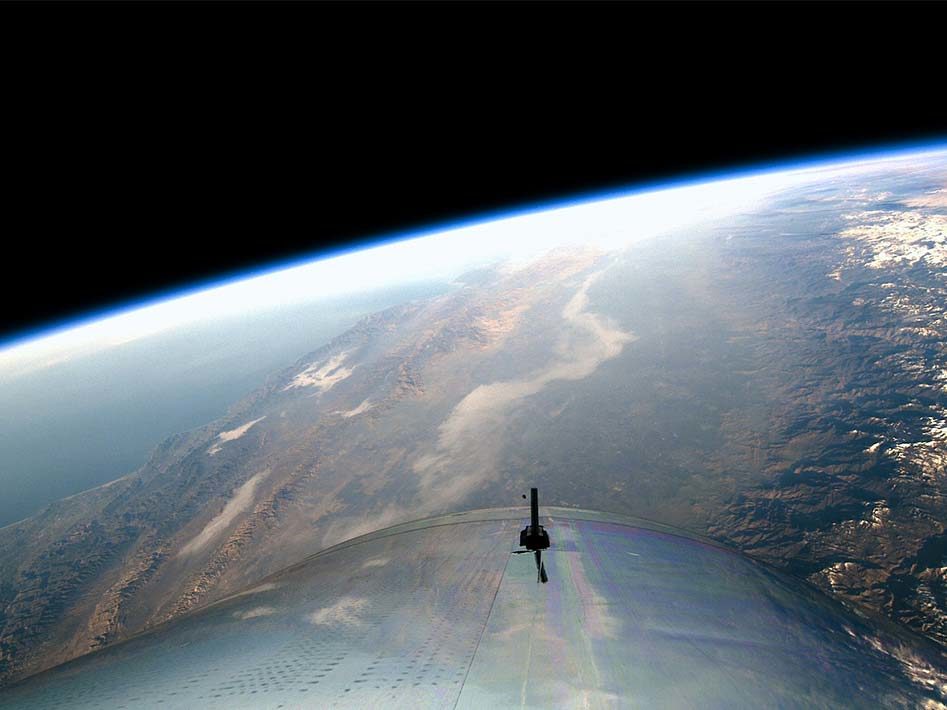
A new perspective is bound to be had from your space travels.
A logical reason or experience is just to see earth and space from, well, space. The bleakness and blackness of space contrast with the blue surface of the earth would be a sight to behold. Not to mention the most star-filled sky you’re likely to ever see. Rating: 7/10
Visit the International Space Station
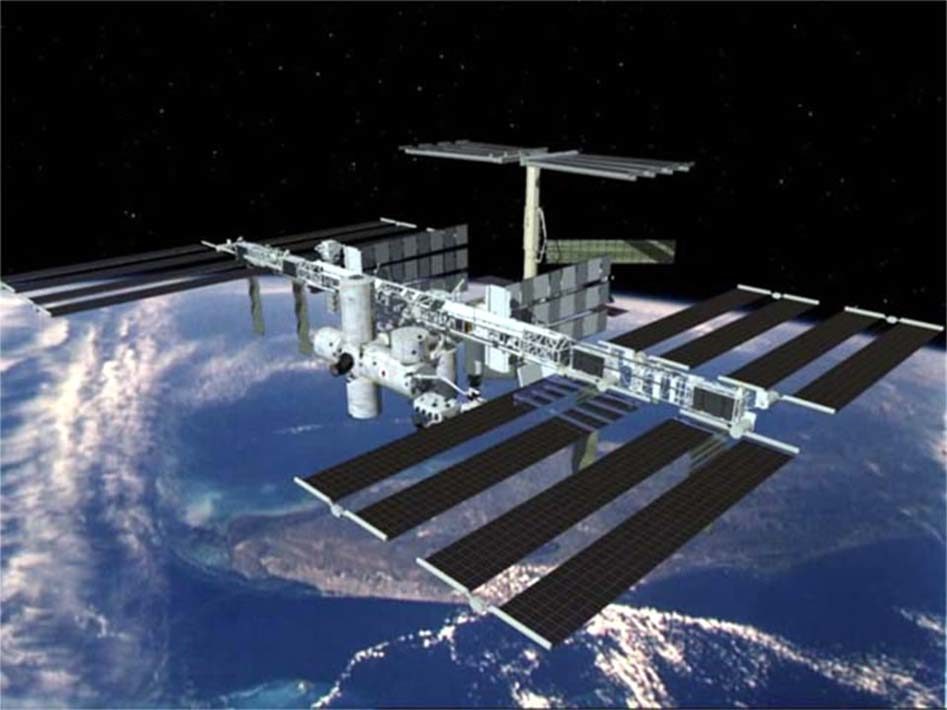
The ISS can sustain 6 people.
As the 7 previous space tourists have experienced, a visit to the ISS makes a trip to space seem complete (if impressively expensive). Chatting with in-house astronauts and experience day to day life in space would be the ultimate experience. Rating: 9/10
Spacewalk
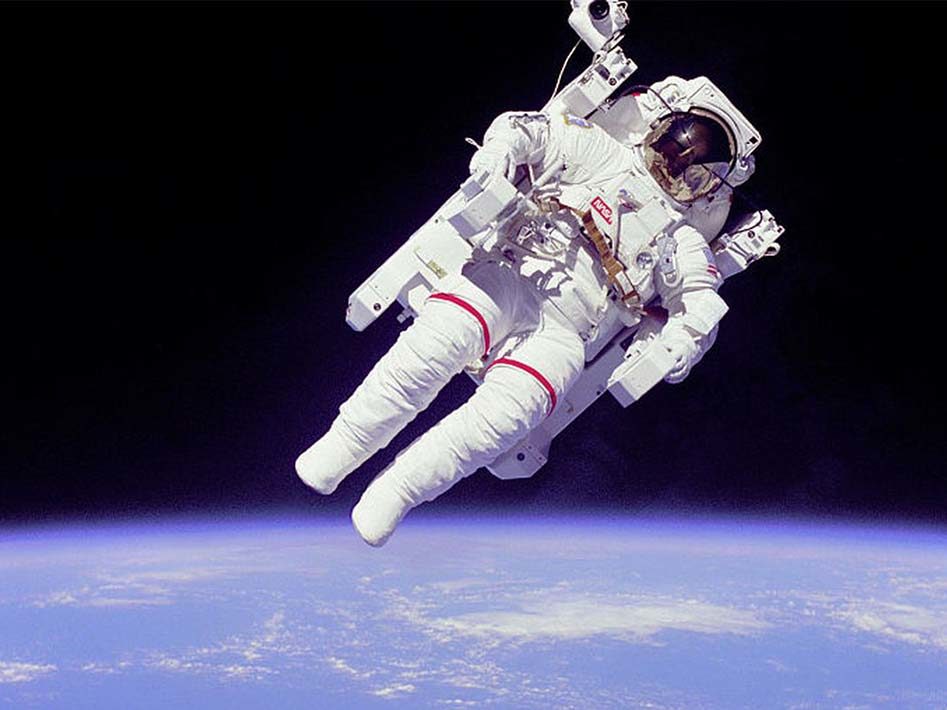
Who will do the first space selfie?
While promised by some operators like Space Adventures, no spacewalks have been taken by tourists. Floating in space in a space suit tethered only by an oxygen hose would be an eerie almost science fiction experience. Rating: 10/10
Fly to the Moon
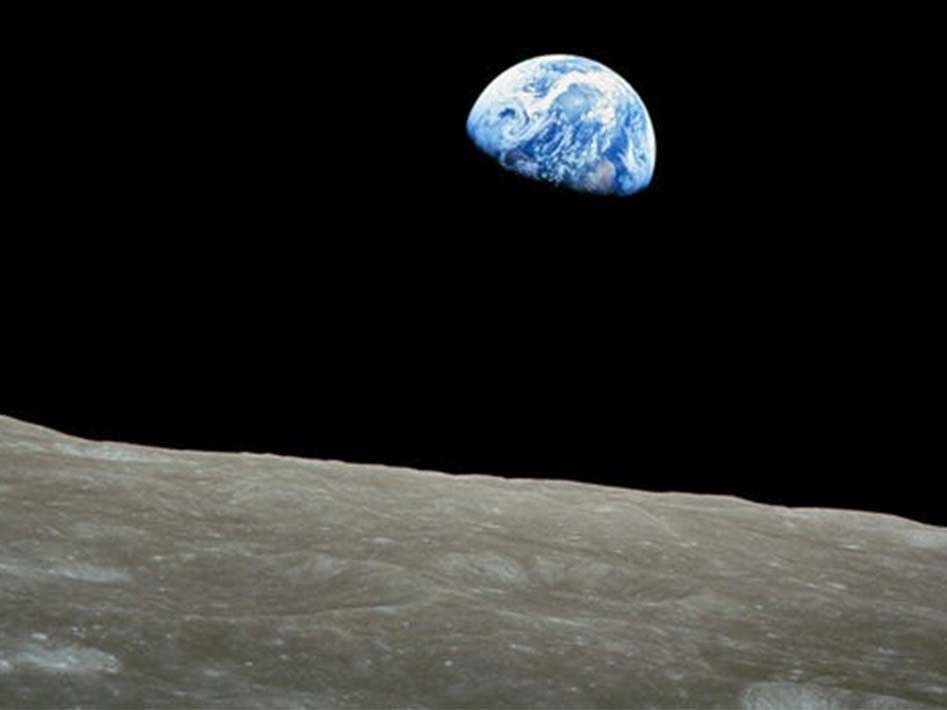
Only 12 people have walked on the moon. Will you be next?
While SpaceX and Space Adventures have this on their radar it seems far-fetched. Landing on the moon does not appear to be on offer by anyone, simply a return trip where you’ll see the famed dark side of the moon not visible from Earth. This trip would take at least 3 days to just get to the moon. Rating 9/10.
Fly to Mars
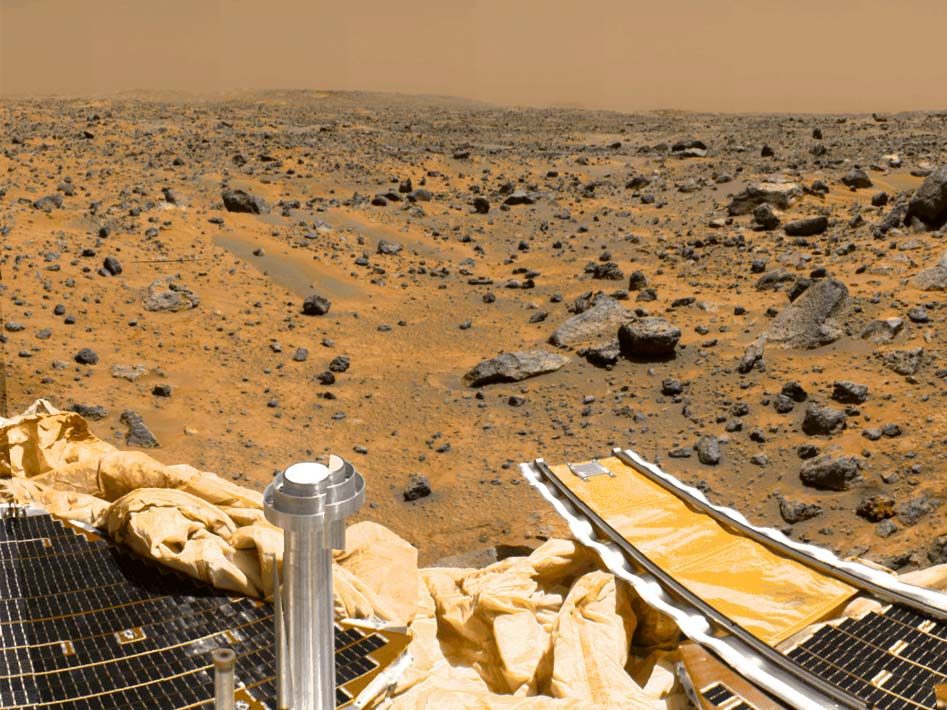
Mars by 2024? Nothing wrong with being ambitious!
SpaceX seems determined to put this in place by 2024, but again very ambitious. What could possibly go wrong? The trip would take 115 days to reach Mars so you would need to book a substantial amount of leave! Rating: 9/10
Where can I stay in space as a tourist?
Apart from your spacecraft, accommodation in space is, in a word, limited. There is currently only one option with another in development. Airbnb hasn’t made it to space just yet.
International Space Station (ISS)
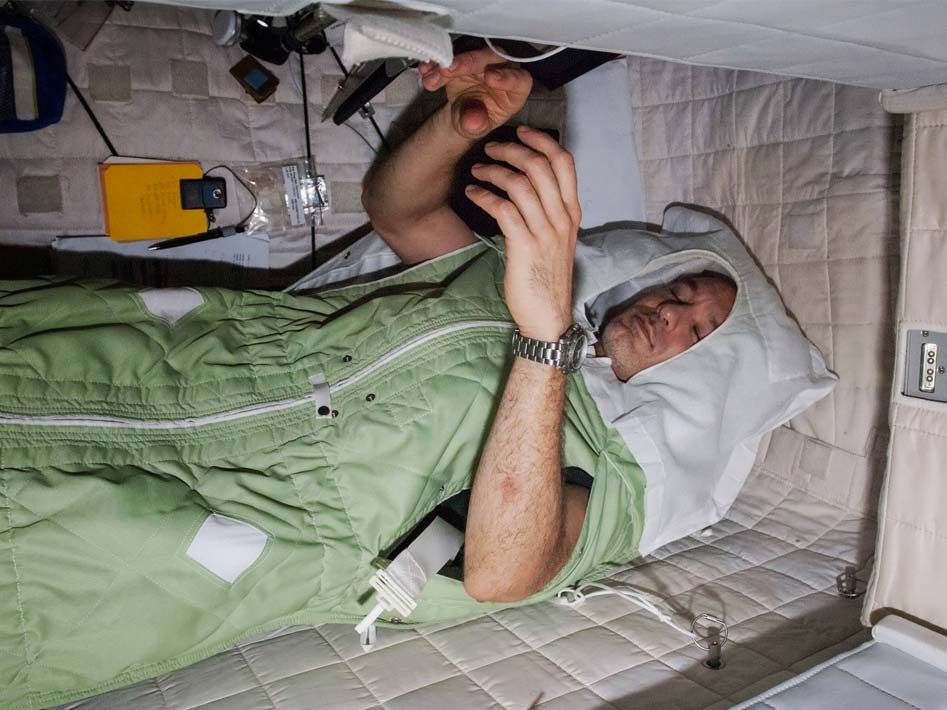
Float off to sleep in the ISS.
This is the only place currently available to stay in space. The 7 space tourists to date have all stayed here on average for 6-7 days. There is usually 6 astronauts inhabiting the ISS at any one time. There are no rooms as occupants simply clip their sleeping bag to the wall to stop them from going bump in the night. Shades are placed on the windows at ‘night’ given that there are 16 sunrises and sunsets over 24 hours.
Bigelow Commercial Space Station
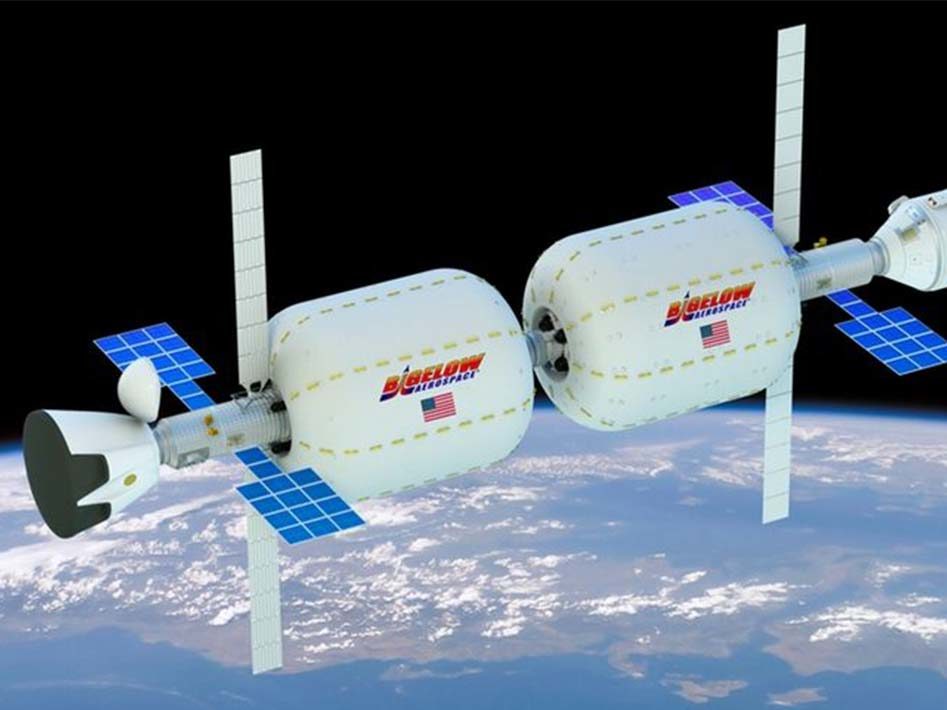
Bigelow is perhaps your next option for your stay in space
Bigelow are pioneering the deployment of commercial space stations to house tourist in the future. A prototype has been connected to the ISS as part of the development phase. Bigelow hope to have their station (pictured above) in place in 2024 but no fixed plans have been committed, nor are they taking advanced reservations just yet.
Practical Information for a trip to Space
Weather
Weather conditions in space are predictably inconsistent. Temperatures can vary drastically and rapidly from 100 degree Celsius to minus 100 degrees celsius depending if you are in view of the sun or in shade. There are no specific seasons but to protect you from the wild fluctuations in temperature and radiation you must at all times be either within a spacecraft or suitable space suit. So for your trip to space there is no best or worst time to travel.
Wifi connection & phone calls
Depending on the setup of your ship, phone calls can be made over an IP Phone (aka Skype) from space. Regular mobile phones don’t work but iridium satellite phones will work after a little tweaking for space travel. Wifi is available on the ISS should you get there.
What time is it in space?
The ISS at least, runs on Coordinated Universal Time (UTC) also known as Greenwich Mean Time (GMT). Most expeditions into space however run on Mission Elapsed Time (MET) which begins from take-off and ends at landing.
Start your space travel planning
While options to travel to space may seem limited (or expensive) right now, things are moving fast. If you think back to flying in the 1960’s prices were ten times the prices they are today. Prices came down due to better technology and more competition. Space travel is logically going to get cheaper and be more and more accessible.
For now, it still remains a dream of many to reach space. While some may argue we have bigger problems to solve here on earth, travel and exploration is a natural human instinct that will always have people pushing to the extremes. As new space travel news comes to hand we will aim to keep this article updated with the latest intel. So stay tuned!
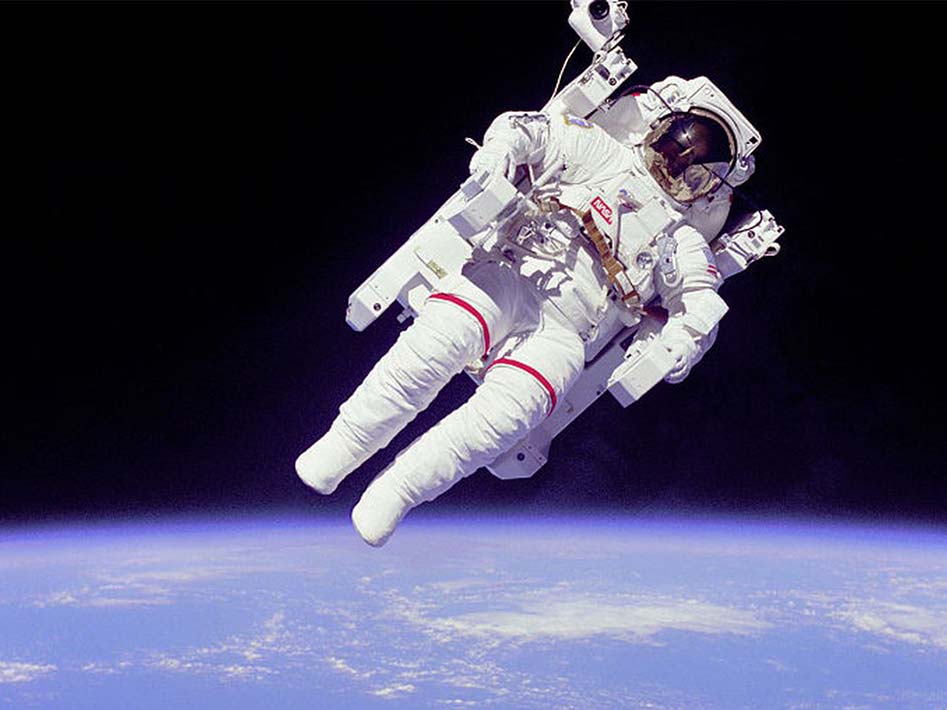













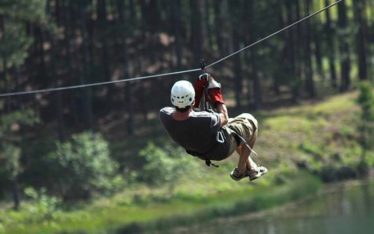

About The Author
Warren
Ever since venturing out the back gate into the bush as a kid, I've had a curiosity to escape and explore as often as I could. It's fair to say that my curiosity has continued to grow instead of fade as the years go on. It eventually came time to turn a few scribbled notes into some legible stories and travel tips for anyone with a similar curiosity as me.